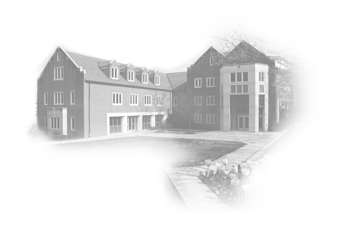Submitted by scrawford on
| Title | Distributed-Memory Multi-GPU Block-Sparse Tensor Contraction for Electronic Structure |
| Publication Type | Conference Paper |
| Year of Publication | 2021 |
| Authors | Herault, T., Y. Robert, G. Bosilca, R. Harrison, C. Lewis, E. Valeev, and J. Dongarra |
| Conference Name | 35th IEEE International Parallel & Distributed Processing Symposium (IPDPS 2021) |
| Date Published | 2021-05 |
| Publisher | IEEE |
| Conference Location | Portland, OR |
| Keywords | block-sparse matrix multiplication, distributed-memory, Electronic structure, multi-GPU node, parsec, tensor contraction |
| Abstract | Many domains of scientific simulation (chemistry, condensed matter physics, data science) increasingly eschew dense tensors for block-sparse tensors, sometimes with additional structure (recursive hierarchy, rank sparsity, etc.). Distributed-memory parallel computation with block-sparse tensorial data is paramount to minimize the time-tosolution (e.g., to study dynamical problems or for real-time analysis) and to accommodate problems of realistic size that are too large to fit into the host/device memory of a single node equipped with accelerators. Unfortunately, computation with such irregular data structures is a poor match to the dominant imperative, bulk-synchronous parallel programming model. In this paper, we focus on the critical element of block-sparse tensor algebra, namely binary tensor contraction, and report on an efficient and scalable implementation using the task-focused PaRSEC runtime. High performance of the block-sparse tensor contraction on the Summit supercomputer is demonstrated for synthetic data as well as for real data involved in electronic structure simulations of unprecedented size. |
| URL | https://hal.inria.fr/hal-02970659/document |



